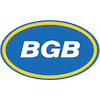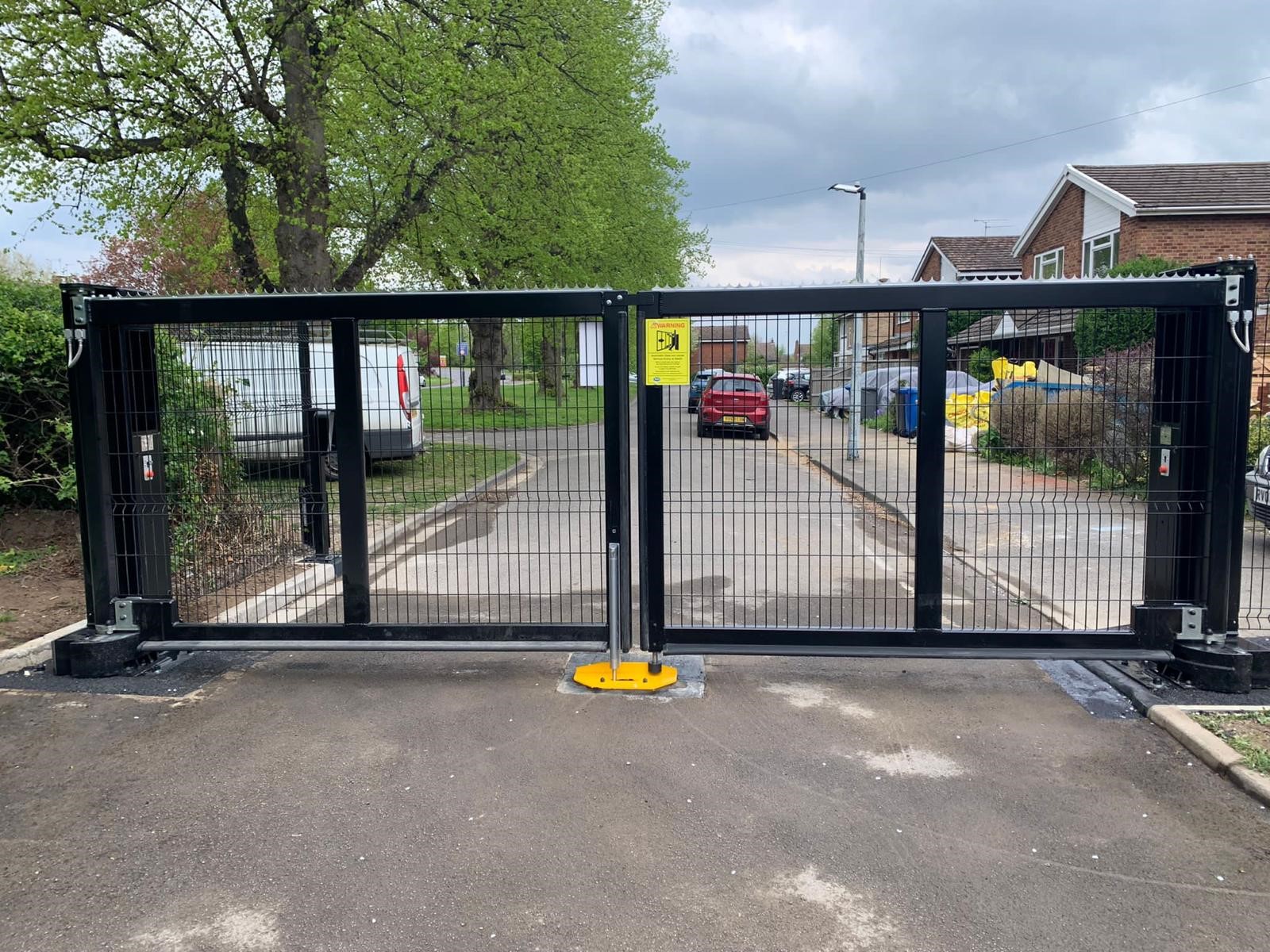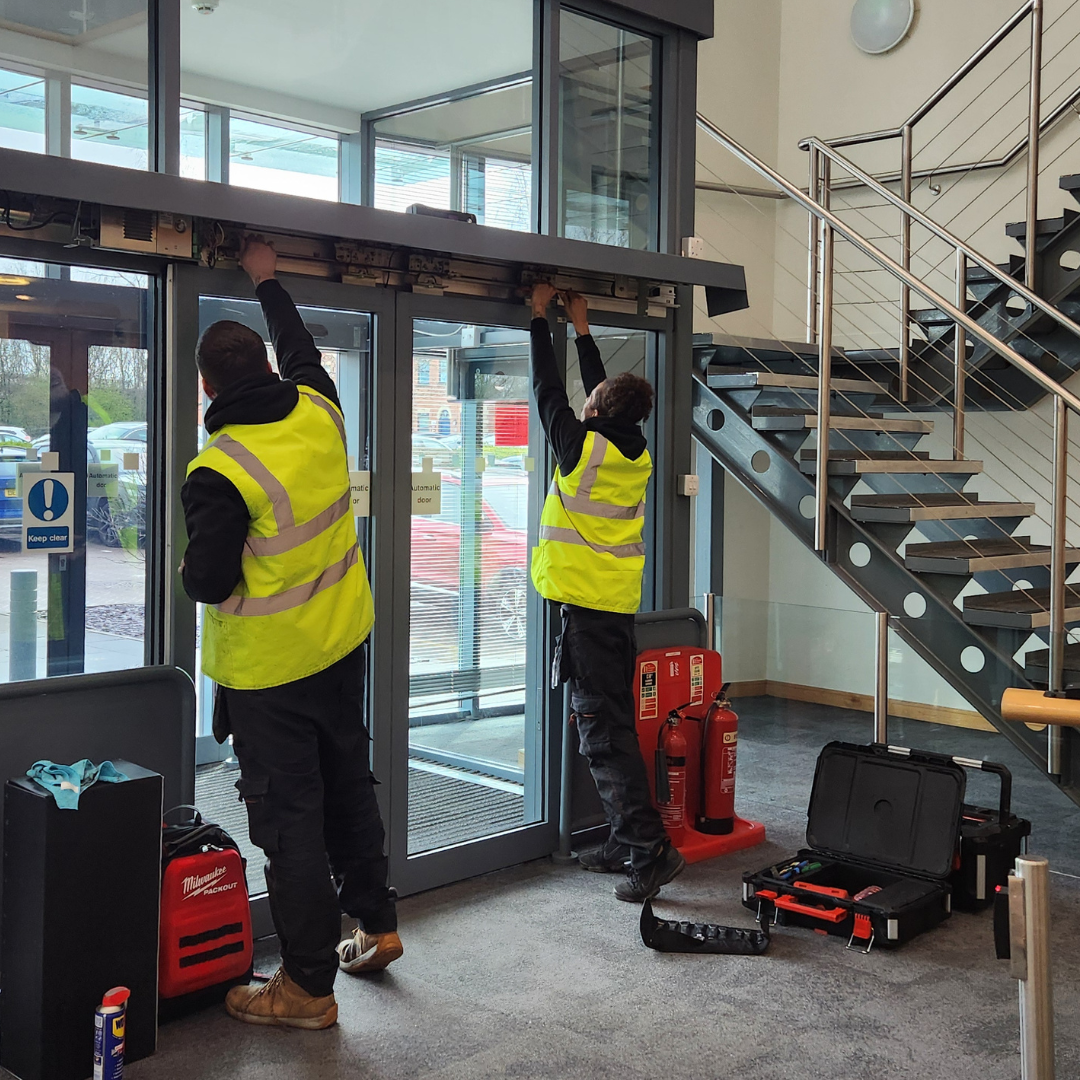Do you know enough about gate safety?
Automatic gates are convenient, aesthetically appealing and extremely secure, designed to control access to residential and commercial properties. But they also pose a high safety risk to children and adults having caused several deaths, serious injuries and many near misses in recent years. There is a lack of awareness and knowledge around gate safety, a lot of installers and contractors are unqualified to do the work leaving many owners with dangerous gates still installed today. We’ve recently written an article on the topic of poor installation and its impact here.
They are subject to European product safety and UK health and safety law, but what it means and how it affects different groups can be confusing. So, we’ve decided to simplify it into this one handy document. It details the risks, the basic safety requirements, the legislation and standards to assist your understanding on gate safety. As well as how it all influences different categories of individuals including manufacturers, installers, suppliers, owners, landlords and maintenance workers
We want you to feel confident in the safety and security of your automated system.
What are the risks?
Automatic gates have several associated risk factors to keep in mind:
- Being hit by a moving gate.
- Crushing against any of the fixed or moving parts.
- Trapped between the fixed and moving parts.
- Becoming caught, dragged or cut on the moving parts, like gears.
- Being electrocuted.
Influence of the Weather:
- The gate falling or being blown over by adverse weather conditions.
- Hinges becoming ineffective, causing the gate to move uncontrollably.
- The gate may come loose off the tracks.
- Water ingress causing damage to components increases the risk of an electric shock and the gate failing to operate safely.
Hazards while Working on Gates:
- If not properly restrained the gate can drop or move, trapping or crushing a person.
- The powered components may have residual energy, and if not handled correctly when disconnected, can cause harm.
- Disconnecting live components can increase risk of crushing and trapping.
- Failure to set the safety features when installing, means the gate is unsafe and increases injury risk.
What are the Basic Safety Requirements?
Powered gate systems are legally considered to be “machinery”. This means every new automated gate, when put into service, must comply with the Machinery Directive (2006/42/EC) specifically the Essential Health and Safety Requirements (EHSRs). EHSRs cover all aspects of health and safety of machine users and whoever else may be affected.
All gates should be CE marked, accompanied by a Declaration of Conformity and a technical file.
Gates must be compliant with the Supply of Machinery (Safety) Regulations 2008, which states the Health and Safety Executive (HSE) has lead responsibility for enforcement of the Machinery Directive.
The responsibility for complying with the legislation lies with the Responsible Person. Compliance with the legislation should involve a risk assessment, to fulfil the EHSRs.
A risk assessment should include identifying what hazards may occur during the gate’s lifecycle, estimating the severity of the risk and evaluating any necessary risk reduction measures to put into place. Where risk reduction is not possible, adequate warnings and instructions should accompany the gate.
The location, weather conditions, possibility of vulnerable users and the risk of misuse must be considered during design. They should be installed, regularly checked, maintained and adjusted by competent engineers.
Users should be given detailed, easy to read instructions for safe operation.
The use of standards, such as BS EN 13241-1 the product standard for powered doors and gates, BS EN 12604 on mechanical requirements and tests and BS EN 12453 on requirements and test for powered gates, to name a few, is not mandatory. It does not alone ensure the EHSRs of the Machinery Directive have been met.
Manufacturers must use the technical file to detail the standards they’ve used and how the gate meets the EHSRs as a result.
How does it affect different groups?
Manufacturers
Manufacturers are most often the Responsible Person and must comply with Supply of Machinery (Safety) Regulations 2008. They have the duty of complying with the Machinery Directive, CE marking, Declaration of Conformity and producing the technical file. They must also provide comprehensive user instructions.
If a gate falls under BS EN 13241-1, it is subject to the CPR which rules on the marketing of construction products in the EU, and requires a Declaration of Performance. This is not applicable to bespoke gates or gates assembled in situ.
Installers
Automated gate installers must be compliant with the Health and Safety at Work Act 1974 Section 3, their general duty for safety and Section 6(3) when the gate is installed in a workplace.
Manufacturer’s instructions should always be followed. Where the installer is assembling the gate in situ or automating an existing manual gate, they take on the legal responsibilities as the Responsible Person.
Any significant gate modifications, beyond the manufacturer’s instructions, may require a new CE marking.
Instructions and maintenance recommendations should be given to the user. Before hand-over, the gate should be inspected and future safety inspections set up.
If the gate is unsafe, despite following manufacturer’s instructions, the owner of the gate and the product manufacturer should be informed. The gate should always be left in a safe condition.
Importers, Suppliers and Distributors
When an automated gate, a gate safety component, a full kit of automated gate components is marketed under the supplier’s name/brand or imported from outside the EU, without a Declaration of Conformity or a CE mark, the supplier becomes the Responsible Person.
Suppliers, as the Responsible Person, must ensure CE marking, Declaration of Conformity, user instructions and a Declaration of Performance when necessary.
Importers, suppliers and distributors, if not the Responsible Person, have a duty of safety under Section 6(1) of the Health & Safety at Work Act 1974 and the General Product Safety Regulations 2005.
They have to supply the manufacturer’s information to the user, provide safety information their supply chain, recall products if necessary and store products safely to prevent deterioration.
Electrical components may only need CE marking and usage information if they fall under:
Partly completed machinery, coined by the Machinery Directive, are parts intended to be incorporated with other kit and cannot alone complete a specific task. A Declaration of Incorporation should state the component is only for incorporation into a final machine.
Owners, Occupiers and Users
Owners of commercial premises with automated gates have responsibilities under the Workplace (Health, Safety and Welfare) Regulations 1992 Regulation 18, safety by construction and Regulation 5, maintenance.
They have duties of safety under Section 3 of the Health and Safety at Work Act 1974, for the safety of persons they don’t employ.
Owners are responsible for gate safety and must know the user instructions, how to switch the gate off or into hold-to-run mode.
Health and safety laws don’t apply to privately owned residential households, but they can be sued for any harm or damage, regular checks are strongly recommended.
The competence of anyone working on automatic gates should be verified.
Landlords
Landlords or managing agents responsible for automatic gates, come under the Health and Safety at Work Act 1974 (Section 3) safety of people they don’t employ.
They are required to maintain similar safety standards as employers, for construction, inspection and maintenance, Workplace (Health, Safety and Welfare) Regulations 1992.
If competent contractors advise the gate is unsafe, corrective action should be taken.
Maintenance Workers
Any workers responsible for assessing, inspecting, checking, maintaining and repairing automated gates have duties to not put anyone at risk, the Health & Safety at Work Act 1974 (Section 3).
There are no lawful maintenance requirements at domestic properties, but owners should be made aware of the need for frequent safety checks. It is recommended that records are kept of any servicing, repairs or testing and follow-up checks are agreed with the owner.
Any significant modifications will likely require a new CE marking. Where modifications are not directed by manufacturer’s instructions, the person making the changes becomes the Responsible Person.
Simple servicing and parts replacement will not necessitate re-CE marking.
More Information
You can get more information about safe machinery and work equipment on the HSE website here. For more detailed information and guidance on this topic see the HSE’s Powered Gate section.
The HSE has worked with Gate Safe and the Door and Hardware Federation (DHF) to produce this advice and guidance on powered gates. You can get specific information on powered doors and gates from their websites.
BGB
BGB understand the importance of automated gate safety, we hold a Gate Safe accreditation which independently assesses our gate installations to ensure they align with the Gate Safe MOT scheme. We are committed to the safety of our employees and customers using the latest initiatives designed by Gate Safe to improve the way we install and maintain automated gates.
Our installation service uses the latest technology to guarantee a complete turn-key solution. Our fully qualified, compliant engineers ensure all installations are carried out in line with HSE guidelines, with minimal disruption to your daily operations guaranteeing our customers meet all the necessary regulations. BGB make sure you’re getting the safest service possible.
We are also accredited by DHF the only unified trade body representing the automated gate sector. With DHF we are committed to improving the standard of automatic gates in the industry and continually re-evaluate the service we provide to ensure it is of the highest safety standard and quality.
BGB’s maintenance packages can be used across our entire product range, our service department is there to ensure continued optimal performance of our customer’s perimeter security systems. We are here to fulfil our customers’ specific requirements and will never leave a gate, or any other of our solutions, without the assurance that it is safe to operate and fully regulatory compliant.
All BGB gates are manufactured to BS EN 12453 and arrive CE marked.
About BGB
Established in 2007 Boundary Gate and Barrier Contracts dedicated team of skilled and experienced individuals have quickly established an impressive national customer base and an enviable reputation for knowledge and expertise in the application of Perimeter Security systems. Our mission is to provide you with a reliable, honest, cost-effective service and we are dedicated to giving you, our customers, the highest level of service and support at all times.







